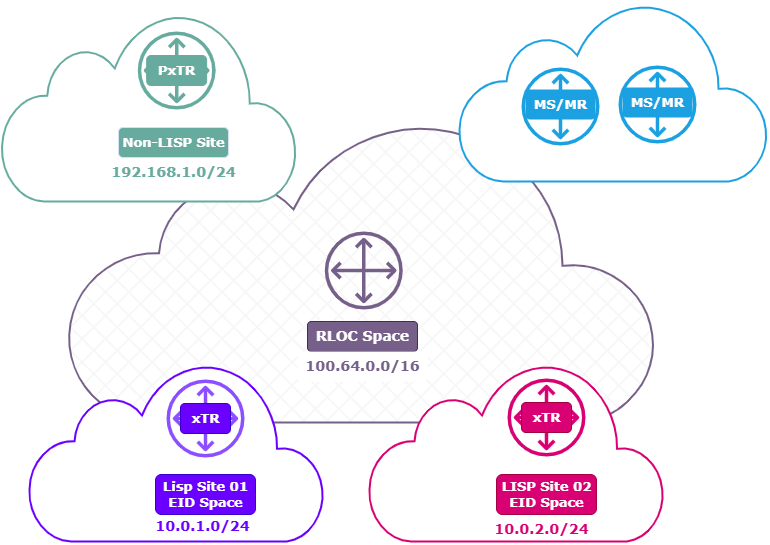
SD-Access under the hood; Locator/ID Separation Protocol (LISP)
When it comes to Cisco’s software-defined access (SD-Access), one of the key technologies working behind the scenes is Locator/ID Separation Protocol (LISP). At first glance, LISP might seem like just another routing protocol, but it plays a much bigger role. It fundamentally changes how network addressing works by decoupling identity from location. This separation is especially important in SD-Access environments, where flexibility, scalability, and mobility are critical.
In this article, I will break down the funadementals of LISP, the core components that make up its architecture, and how it fits into the SD-Access framework. Whether you’re managing campus networks or diving into next-gen network design, understanding LISP is essential to grasp how SD-Access delivers secure, automated, and policy-driven access.
LISP Fundamentals
Logical View;
Phyical view;

